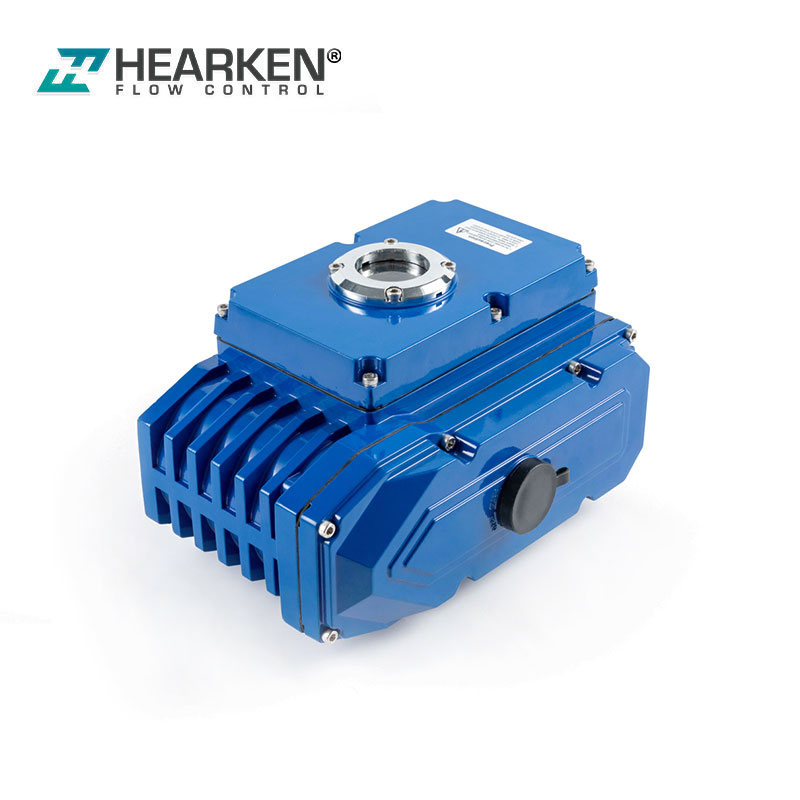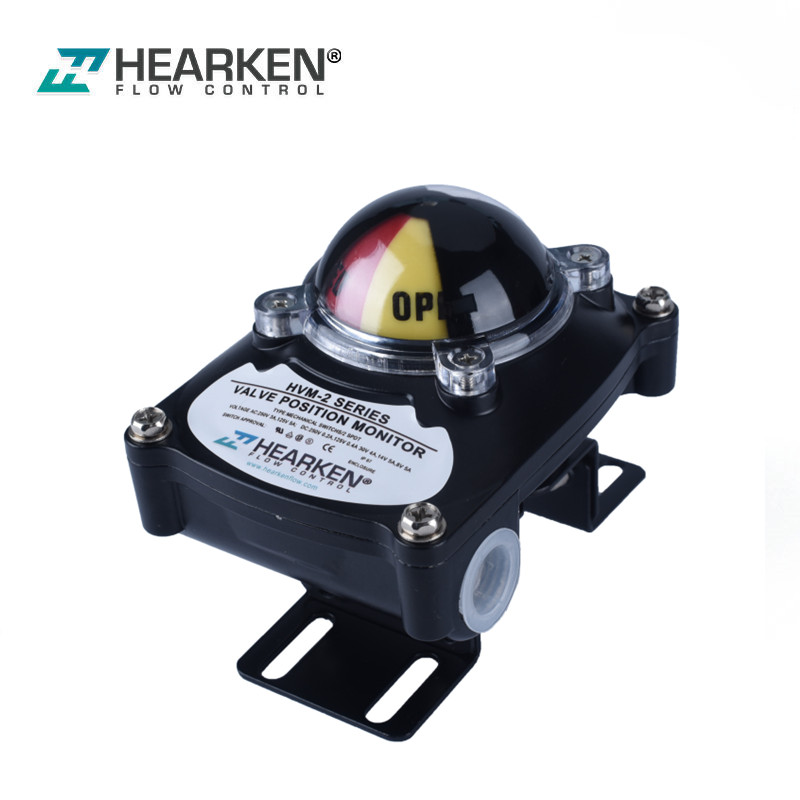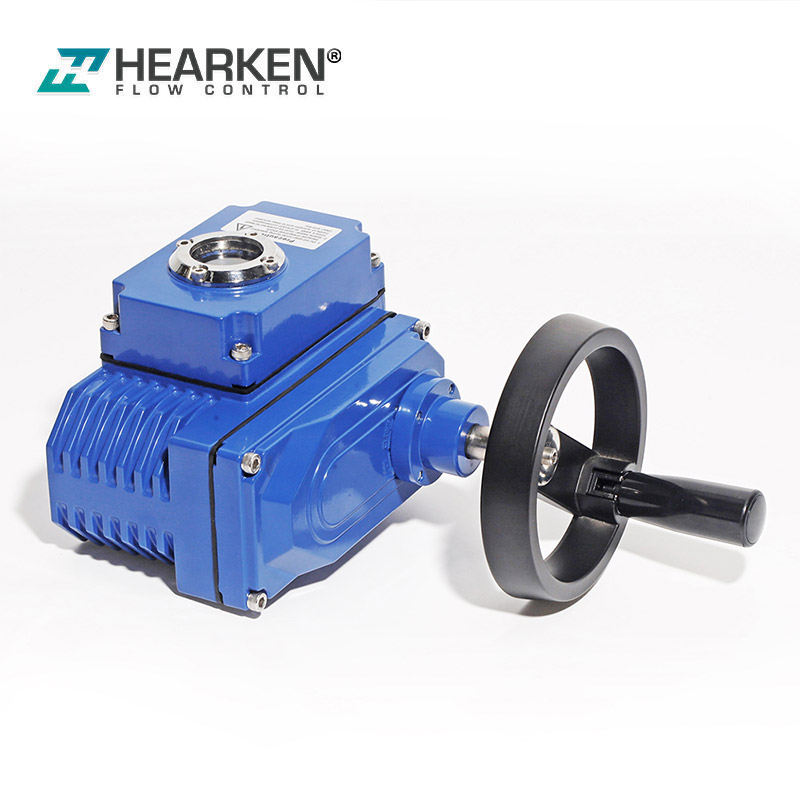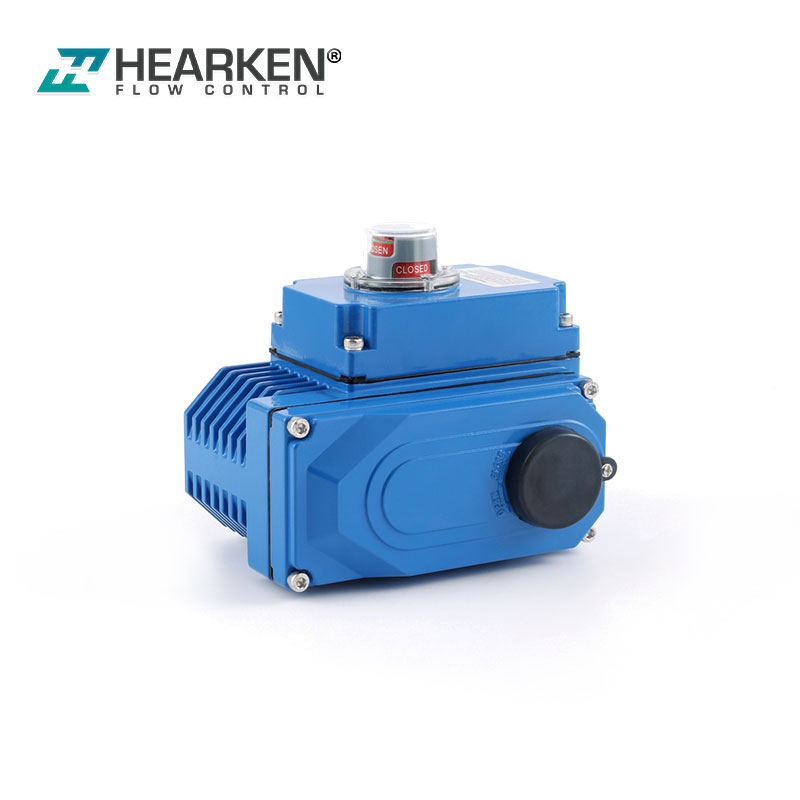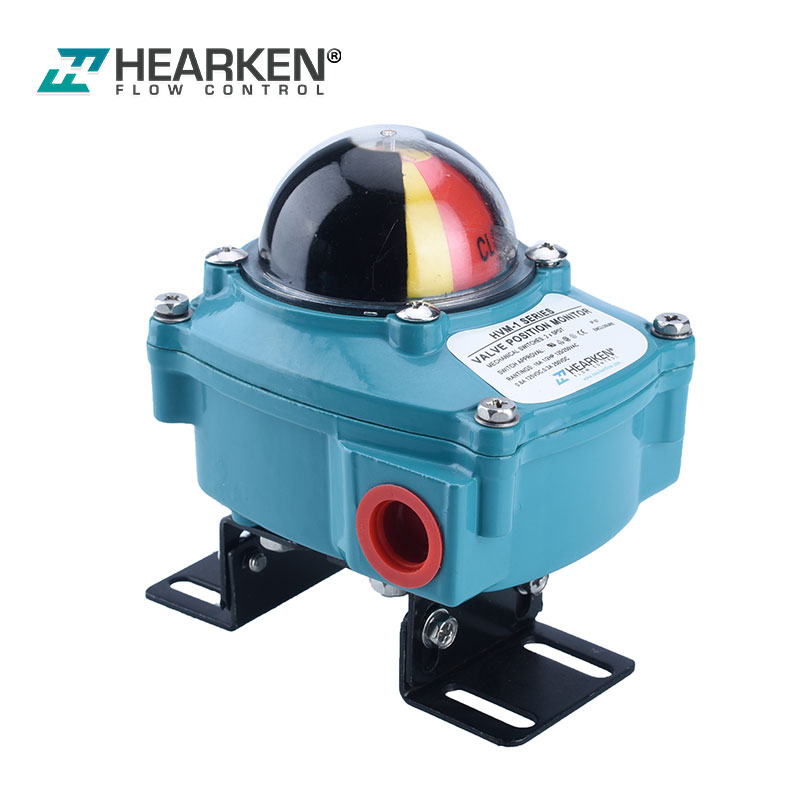Important Factors to Consider While Choosing an Electric Actuator
When choosing an electric actuator for a valve, operating torque, operating thrust, output shaft rotation, stem diameter, and output speed are all important factors to consider.
Operating torque: Operating torque is a measure of the amount of force needed to turn an electric actuator. he torque required to move the actuator from one position to another is known as the actuator torque, and it is usually measured in Newton meters (Nm) or pound-feet (lb-ft).The operating torque is an important consideration when selecting an electric actuator, as it must be able to generate enough torque to overcome the resistance of the load being moved. Factors such as the weight and friction of the load, as well as the speed and acceleration of the movement, will all affect the required operating torque.
Operating thrust: The operating thrust of an electric actuator refers to the amount of force that an electric actuator can generate in the direction of its movement. Operating thrust is an important consideration when selecting an electric actuator, as it must be able to generate enough force to overcome the resistance of the load being moved. Factors such as the weight and friction of the load, as well as the speed and acceleration of the movement, will all affect the required operating thrust.
In addition to the operating thrust, the actuator should also be able to maintain a holding thrust, this is the force required to hold a load in position without any additional power consumption.
In summary, operating thrust and torque are the two main factors that determine the performance of an electric actuator, and it is important to ensure that the actuator selected has adequate thrust and torque for the specific application it will be used for.
Output shaft rotation: The output shaft rotation of an electric actuator refers to the rotation of the shaft that is connected to the load or mechanism that the actuator is controlling. The movement of the load is directly proportional to the rotation of the output shaft. Depending on the specific application, the output shaft rotation may be continuous or limited to a certain angle.
The output shaft rotation is an important consideration when selecting an electric actuator, as it must be able to provide the required rotation for the specific application. For example, in a valve actuator, the output shaft rotation must be able to rotate the valve to the desired position. In a linear actuator, the output shaft rotation may be limited to a specific angle, such as 90 degrees. In other applications, like a robotic arm, the output shaft rotation can be continuous, allowing for full range of motion.
The electric actuator's control system can often control the output shaft rotation by controlling the current or voltage supplied to the actuator's motor, which in turn rotates the output shaft. The actuator's control system also can provide feedback on the position, speed and torque of the output shaft.
So the output shaft rotation is an important consideration when selecting an electric actuator, as it directly relates to the movement of the load and it should be able to provide the required rotation for the specific application. Actuator's control system can control the rotation and provide feedback on the output shaft.
Stem diameter: The stem diameter of an electric actuator refers to the diameter of the steam pipe or tubing that is used to supply steam to the actuator. This is not a common feature in electric actuators, as electric actuators typically use electricity as their power source. Steam-powered actuators use steam as the energy source to produce mechanical motion through a piston or diaphragm.
The steam diameter is an important consideration when selecting a steam-powered actuator, as it must be able to accommodate the flow of steam needed to power the actuator. The diameter of the steam pipe will affect the flow rate and pressure of the steam, which will in turn affect the performance of the actuator. A larger diameter pipe will allow for a greater flow of steam, while a smaller diameter pipe will restrict the flow and potentially reduce the performance of the actuator.
That’s why Steam diameter is not an important consideration in electric actuators, as they use electricity as their power source, but it is an important consideration in steam-powered actuators, as it affects the flow rate and pressure of the steam, which will in turn affect the performance of the actuator.
Output speed: The output speed of an electric actuator refers to the speed at which the actuator can open or close the valve. The output speed is an important consideration when selecting an electric actuator, as it directly affects the performance of the actuator in the specific application.
A faster output speed will allow for a quicker movement of the load, which can be beneficial in applications where speed is a priority. However, a faster speed can also increase the required torque and power consumption of the actuator.
A slower output speed, on the other hand, can reduce the required torque and power consumption of the electric actuator, but it can also increase the time required to move the load.
The actuator's control system can control the output speed by controlling the current or voltage supplied to the actuator's motor, which in turn rotates the output shaft. The actuator's control system also can provide feedback on the position, speed and torque of the output shaft.
In summary, output speed is an important consideration when selecting an electric actuator, as it directly affects the performance of the actuator in the specific application. Faster speed can increase the required torque and power consumption but also can increase the speed of the movement. Slower speed can reduce the required torque and power consumption but also can increase the time required to move the load. Actuator's control system can control the speed and provide feedback on the output shaft.
In conclusion, when choosing an electric actuator for a valve, it's important to consider the operating torque, operating thrust, output shaft rotation, stem diameter, and output speed required for the specific valve and application. It's important to consult the manufacturer's specification and choose the electric actuator that meets the project's requirements.

